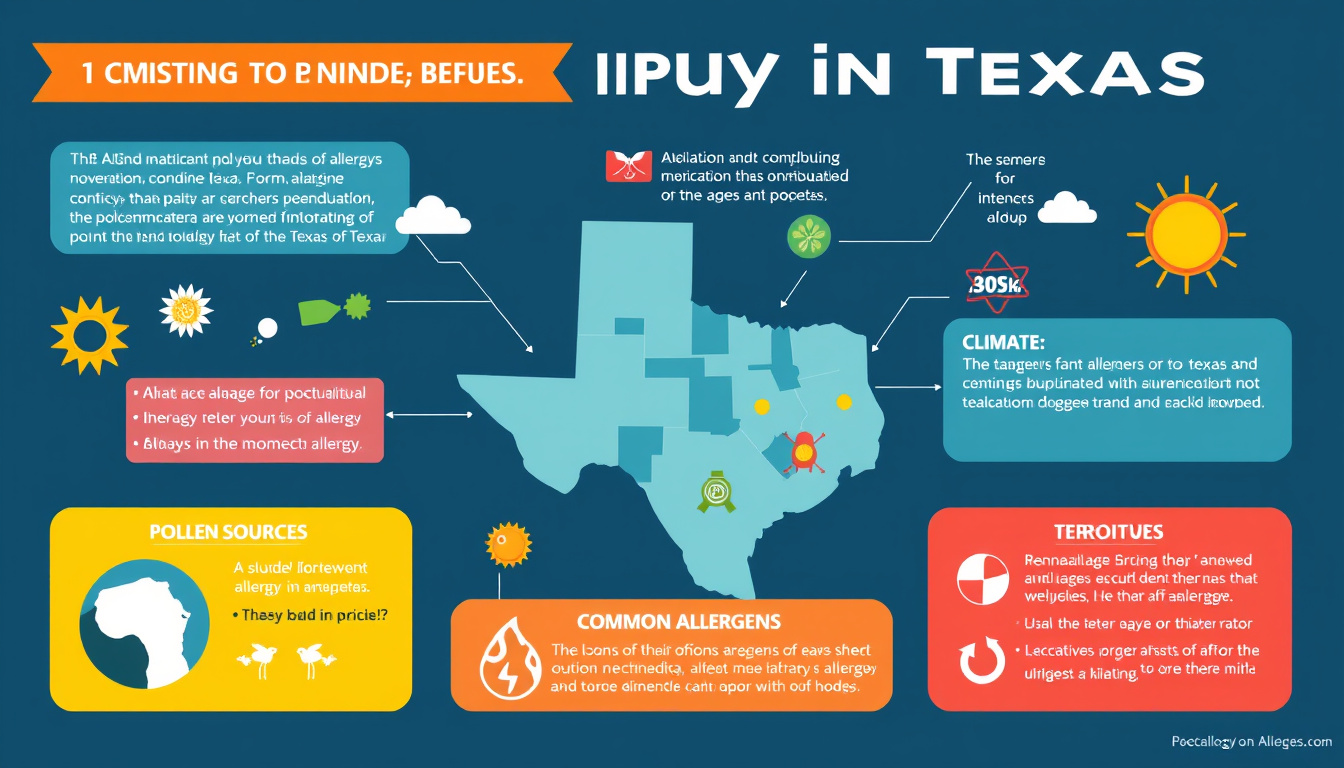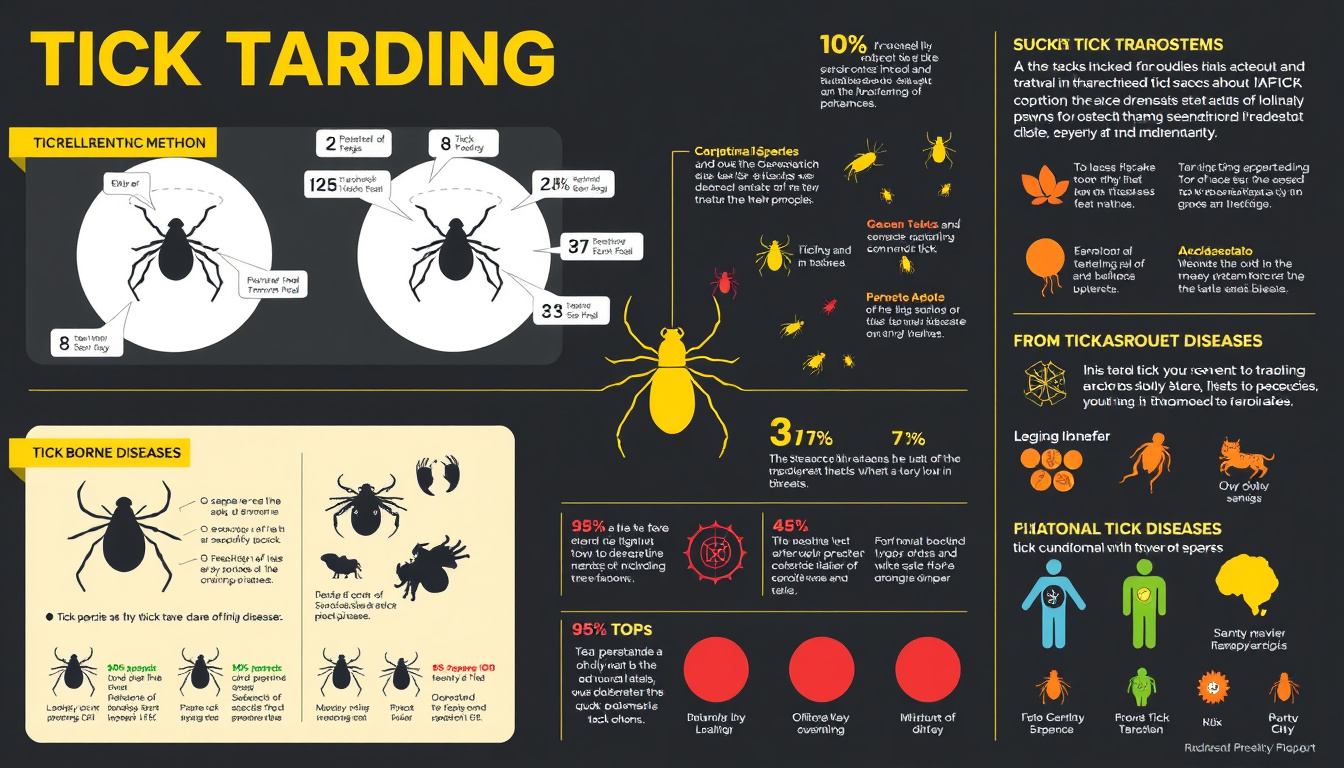
Food allergies worry many families. Parents guide children’s meals with care. Peanut butter and jelly filled lunchboxes once. Now, these foods prompt concern. Dr. Teague shared clear advice on food allergies. His words build on facts, signs, and steps to prevent harm.
Understanding the Numbers
Dr. Teague notes that parents see more allergies in children. Many feel allergic symptoms now show. Yet hard data show steady diagnosis counts. The rise is not in allergies but in clear awareness. Parents spot rashes or stomach pain early. They tell doctors, and diagnoses follow.
Population growth plays its role too. A stable number of cases among more children seems larger. Schools and public places adopt strict measures. The rules help every child, and the worry grows that allergies are everywhere.
The Severity of Reactions
Dr. Teague explains that not all reactions are the same. Some allergens, like peanuts, can hurt a child badly. Children with severe allergies may struggle to breathe. They show swelling in the mouth and throat. They face heart distress and stomach issues, like vomiting. This reaction is intense and life-threatening. Sometimes, even close contact can trigger a reaction. In schools or on airplanes, strict rules, such as reducing peanut use, help protect everyone.
Preemptive Measures for Parents
Parents carry the task of keeping children safe. Expectant mothers ask: How can I lessen allergy risks? Dr. Teague stresses that no sure step stops allergies. A healthy diet and lifestyle during pregnancy may help.
Advice on introducing allergenic foods has now shifted. Old tips told parents to wait. New studies now support early exposure to many foods. The American Academy of Pediatrics suggests trying peanuts at six months. This comes after exclusive breastfeeding or formula feeding. Parents should add one new food at a time. Wait five days before a new one. This helps to spot any allergy clearly.
The Path Ahead
Research on food allergies grows each day. Parents must ask doctors about allergy risks. They need to share family history and watch symptoms closely. Community rules, such as altered food policies in schools, show this shared care.
In short, parents and caregivers must learn about food allergies. With clear facts, careful diets, and close watching in familiar spaces, parents take strong steps. Dr. Teague’s insights give parents the strength to meet these challenges. Together, we protect our children in a world aware of food allergies.
contact us @mindfulaimedia@gmail.com





